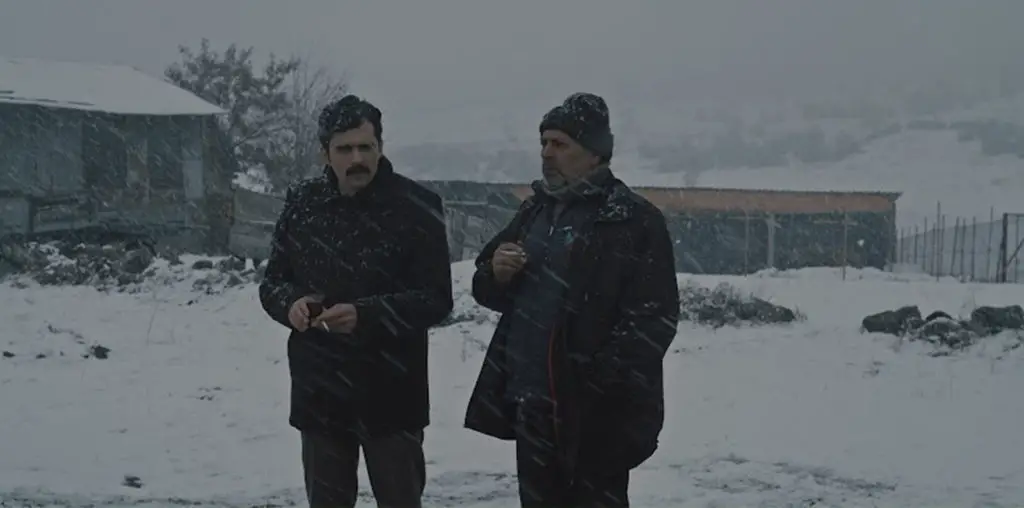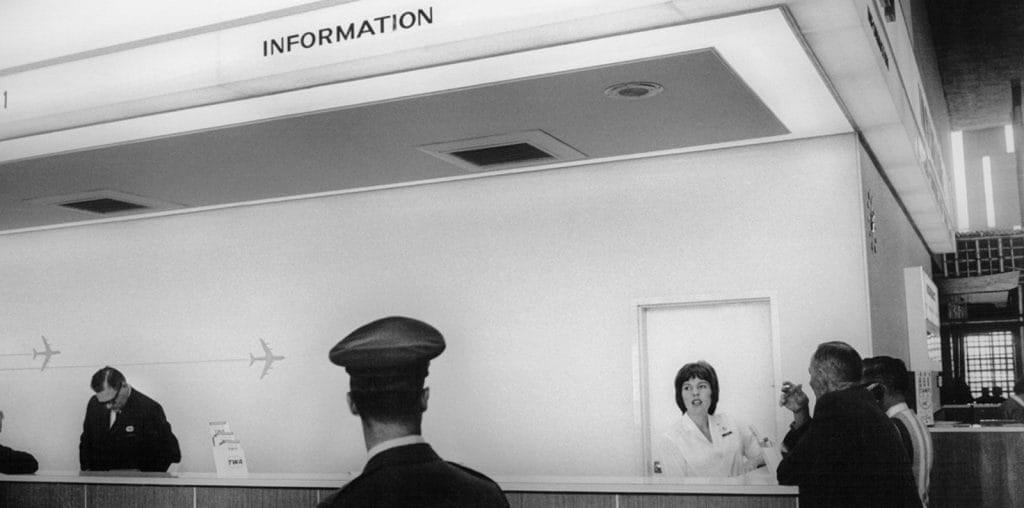
URBAN LEGEND #6. Chaplin leading lady returns as an extra.
The legend: Edna Purviance, Charlie Chaplin’s leading lady in the 1910s and early 1920s, had retired from films in the mid-1920s after trying and failing to secure a career outside of Chaplin’s studios. She returned for two brief and uncredited appearances when Chaplin cast her as an extra in his last two American features, “Monsieur Verdoux” (1947) and “Limelight” (1952). If you look closely in the first film’s wedding scene and the second film’s talent casting office scene, you can see her.
The truth: No you can’t. No one connected with the production of either film recalls seeing Purviance on the set and no record exists listing her among the extras. Purviance did make a screen test for a supporting role in “Monsieur Verdoux,” but it was so unsatisfactory that Chaplin could not cast her; that footage is believed to be lost. However, Purviance did remain on the Chaplin studio’s payroll through the early 1950s–a tribute to Chaplin’s respect for his first leading lady rather than a testament for on-going work.
URBAN LEGEND #7. Equine noggin scores for Sinatra.
The legend: washed-up crooner Frank Sinatra enjoyed a stunning career comeback when his Mafia friends used their considerable influence to get him into the cast of the 1953 war drama “From Here to Eternity.”
The truth: While Mario Puzo’s novel “The Godfather” and the subsequent film version presented an intriguing story of how a well-placed horse’s head got a Sinatra-type singer into a serious film, the boys from La Cosa Nostra had nothing to do with “From Here to Eternity.” Sinatra had vigorously lobbied Columbia Pictures head Harry Cohn and director Fred Zinnemann for a chance to play Maggio in the film, and even Sinatra’s wife Ava Gardner got in on the act by making a personal plea to Cohn via a long distance call from a location shoot in Kenya to Hollywood. Broadway actor Eli Wallach was originally considered for the role of Maggio, but when he abruptly pulled out of the project Cohn and Zinnemann reluctantly gave in to Sinatra’s pleading and gave him a screen test. The rest, as they say, is film history. No horse lost his head over this flick.
URBAN LEGEND #8. Godzilla trumps Kong for Tokyo fans.
The legend: In the U.S. version of the 1962 monster mash “King Kong vs. Godzilla,” the giant simian beats the giant dinosaur in their final Mount Fuji battle royale. But in the Japanese version, it is Godzilla who triumphs.
The truth: There is no alternative ending for Japanese audiences. Godzilla was actually a movie villain up until 1965’s “Ghidrah the Three-Headed Monster,” so having him win against the heroic big ape would have made no sense whatsoever for the film. While the American version is significantly different from its Japanese original on many levels, the ending remained the same.
URBAN LEGEND #9. Streisand snips out co-star from “Funny Girl.”
The legend: Lovely and leggy blonde actress Anne Francis was pegged for a possible Oscar nomination for her role as the wisecracking showgirl in the 1968 musical “Funny Girl,” but when the film was released her part was virtually cut out of the film due to the machinations of a jealous Barbra Streisand, who thought Francis had too much screen time and detracted from her own starring performance.
The truth: Streisand’s megalomania is no secret, but for her first celluloid role she had no control over the editing of this movie. “Funny Girl” underwent a legendary number of script revisions during the course of production and it was determined by director William Wyler and producer Ray Stark to trim out some of the scenes with Anne Francis, which slowed down an already overlong film. Francis’ role was relatively minor to begin with and what remains on screen seems fairly ordinary and not Oscar-caliber. In fact, Kay Medford’s performance as Streisand’s mother received an Oscar nomination even though she appeared briefly in a handful of scenes.
URBAN LEGEND #10. Jerry Lewis hides his “Clown.”
The legend: Jerry Lewis is hiding “The Day the Clown Cried” because it is such an atrocious movie.
The truth: “The Day the Clown Cried” was never completed due to a flurry of lawsuits between Lewis and his film partners during the final days of the film’s production in Sweden. Lewis spirited the final reel of the film out of Sweden, but the rest of the footage was seized by the Swedish government when the lawsuits were filed locally in 1972. The only version in Lewis’ possession is the video capture which he simultaneously shot while making the film, but this was meant for reference purposes only and was not designed for exhibition. After three decades, the litigation involving the film has not been settled and this bizarre concentration camp clown adventure has yet to find its way into a projector.

